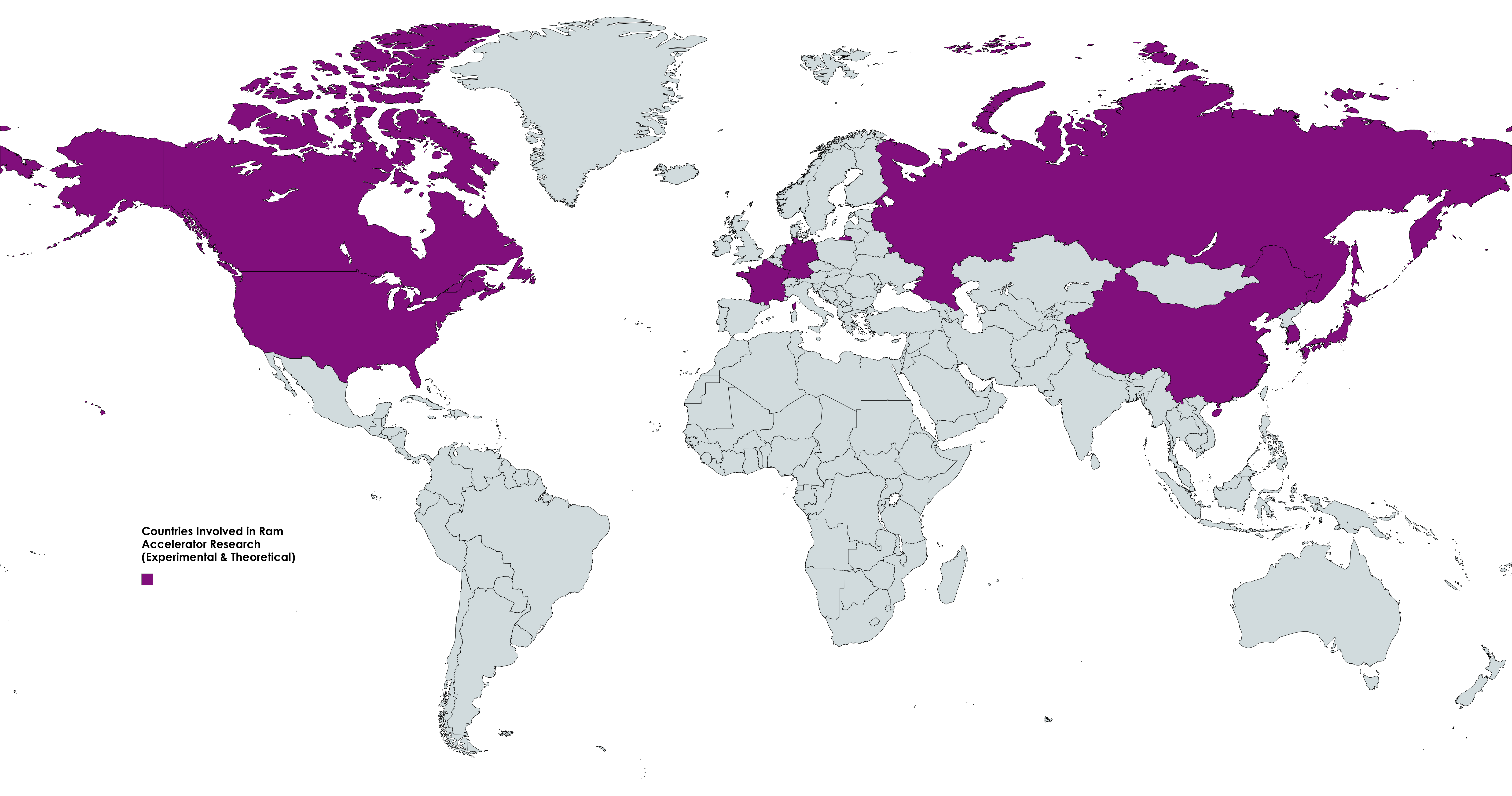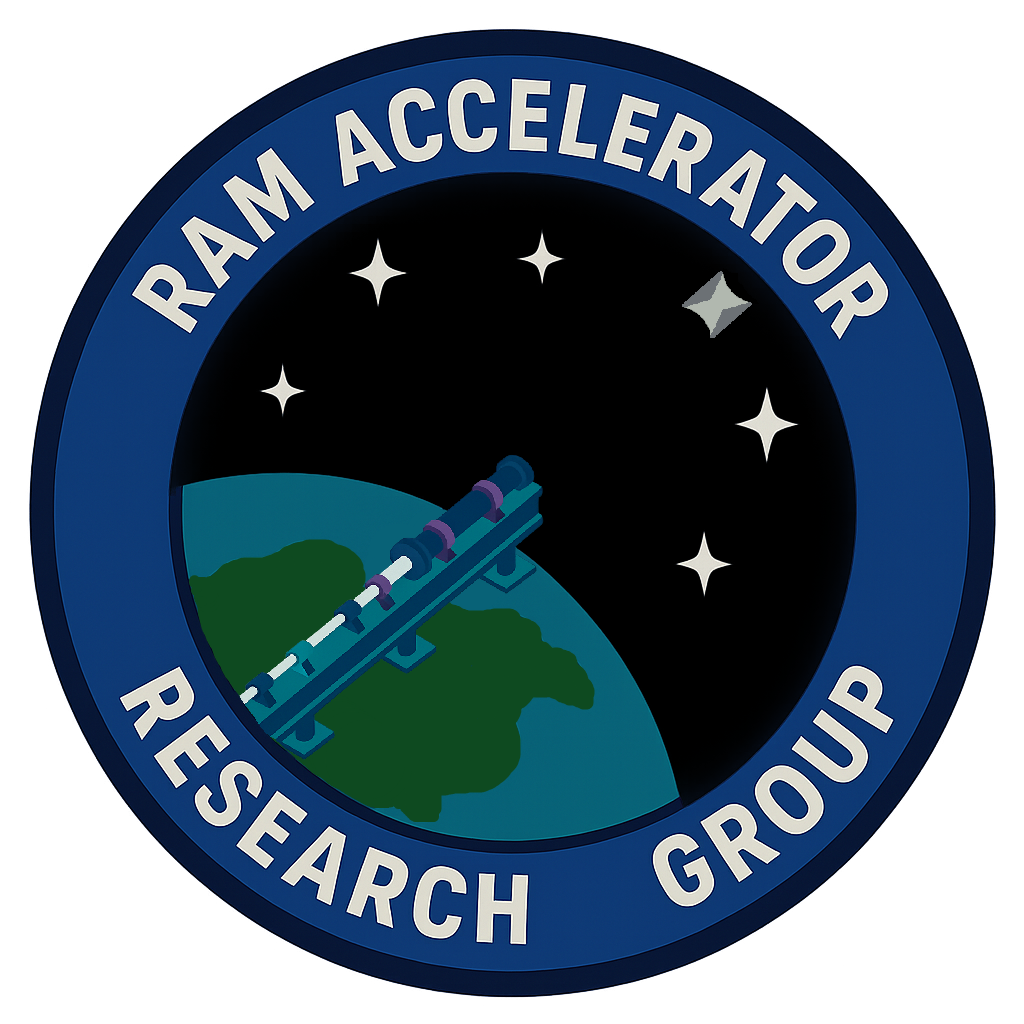Bjorn Loney, M.S., is currently a professional Mechanical Engineering Design Specialist and former CAD Manager currently contributing to the Ram Accelerator Research Group as a spacecraft systems and materials science engineer and designer. With a strong professional and educational foundation in mechanical engineering technology and materials science, he brings expertise in designing multi-functional structural systems that meet the demanding constraints of space environments—balancing strength, thermal performance, and mass efficiency. His academic work in Integrated Science and Technology focused on carbon nanotube and composite material development, thermal protection strategies, and vibration-resistant structures, equipping him to tackle key spacecraft design challenges.
At the core of Bjorn’s research is the integration of advanced materials into spacecraft architecture. He leverages knowledge of additive and subtractive manufacturing, carbon-fiber composites, single- and multi-wall carbon nanotube polymer and metallic alloys, and interlaminar phase-change thermal management systems to create structures that not only carry loads but also manage heat, shield from radiation, and support embedded electronics. His mechanical engineering skill set includes finite element analysis, structural dynamics, and rapid prototyping—enabling iterative development of lightweight, multifunctional spacecraft components.
Within the Ram Accelerator Research Group, Bjorn is responsible for advancing the material design of the ram accelerator’s payload housing and thermal control systems. He leads efforts to optimize material layups and integration strategies, ensuring that each component maintains structural integrity during high-acceleration launches and extreme space temperature cycles. By integrating thermal protection and mechanical support into unified composite structures, he helps reduce system mass while increasing reliability and functionality.
Bjorn’s collaborative approach bridges the materials science, systems engineering, and mechanical engineering teams, fostering cross-functional innovation. He actively engages in experiments to validate composite thermal behavior in simulated space conditions, runs mechanical testing campaigns for vibration and load performance, and contributes to simulation-driven design workflows. His commitment is to push the design and manufacturing envelope of spacecraft structural materials, enabling next-generation ram accelerator missions with resilient, lightweight, and integrated hardware.

